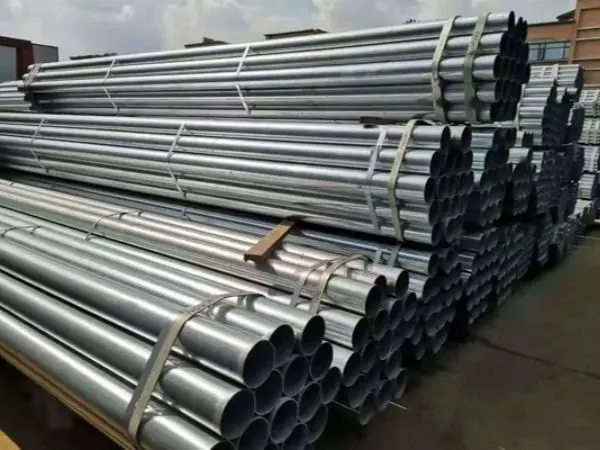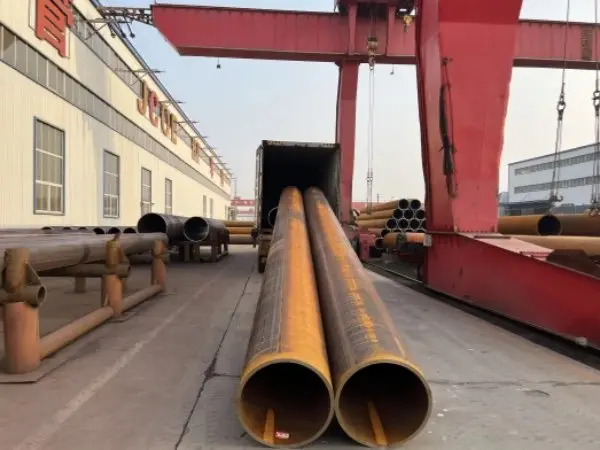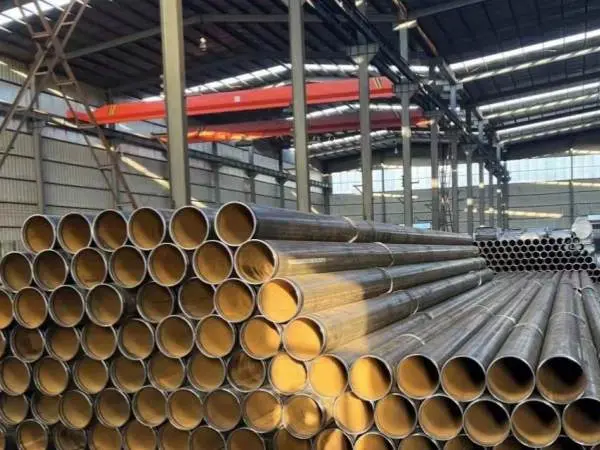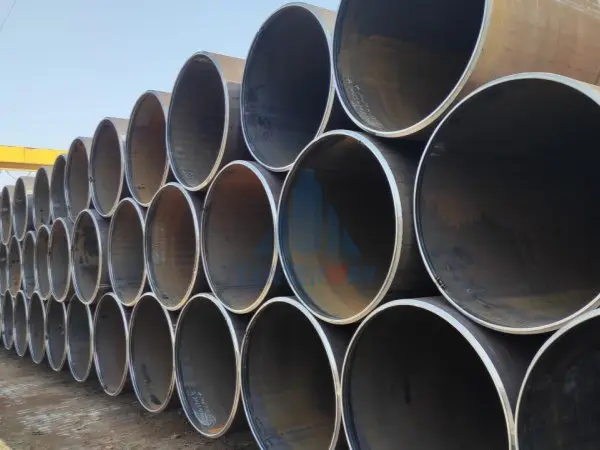- Phone0086 731 8564 8255
- E-mailsales@cscsteel-manufacturing.com
-

Seamless steel pipes are widely used across various industries due to their strength, durability, and versatility. Common applications include:
- Oil and Gas Industry
Used for transporting oil, gas, and other fluids under high pressure, seamless steel pipes are essential in pipelines, drilling rigs, and refineries.
- Power Generation
These pipes are utilized in power plants for steam, water, and fuel transport, particularly in boilers and heat exchangers.
- Chemical and Petrochemical Industries
Seamless steel pipes are employed in chemical processing and storage for transporting corrosive substances and high-pressure chemicals.
- Construction
Used in structural applications, such as frames, scaffolding, and supports, seamless steel pipes provide strength and stability in building projects.
- Automotive and Aerospace
In these sectors, seamless steel pipes are used for critical components, such as exhaust systems and hydraulic lines, where strength and reliability are paramount.
- Nuclear Power
These pipes are integral to nuclear reactors and associated systems, requiring high standards of safety and performance.
Technical Requirements of Seamless Steel Pipes
The technical requirements for seamless steel pipes vary by application and industry standards but typically include the following:
- Chemical Composition
The steel must meet specific chemical composition standards to ensure adequate mechanical properties and corrosion resistance. Elements like carbon, manganese, phosphorus, sulfur, and others are closely monitored.
- Mechanical Properties
Key mechanical properties include:
Yield Strength: The minimum stress required to cause permanent deformation.
Tensile Strength: The maximum stress a material can withstand while being stretched before breaking.
Elongation: A measure of ductility, indicating how much a pipe can stretch before failing.
- Dimensional Accuracy
Pipes must adhere to specified outer diameter, wall thickness, and length tolerances to ensure compatibility with fittings and assemblies.
- Pressure Resistance
Seamless steel pipes must be capable of withstanding internal pressures relevant to their application, often determined by standards such as ASME, ASTM, or API.
- Heat and Corrosion Resistance
The pipes should maintain integrity under high temperatures and resist corrosive environments, which may require specific alloying elements or surface treatments.
- Weldability
For applications requiring welding, the pipes must exhibit good weldability characteristics to ensure strong and reliable joints.
- Testing and Inspection
Pipes typically undergo various tests, including non-destructive testing (NDT), pressure testing, and visual inspections, to ensure they meet quality and safety standards.
In summary, seamless steel pipes are critical components across multiple industries, and their design and manufacturing must meet rigorous technical requirements to ensure safety, durability, and performance in their intended applications.




